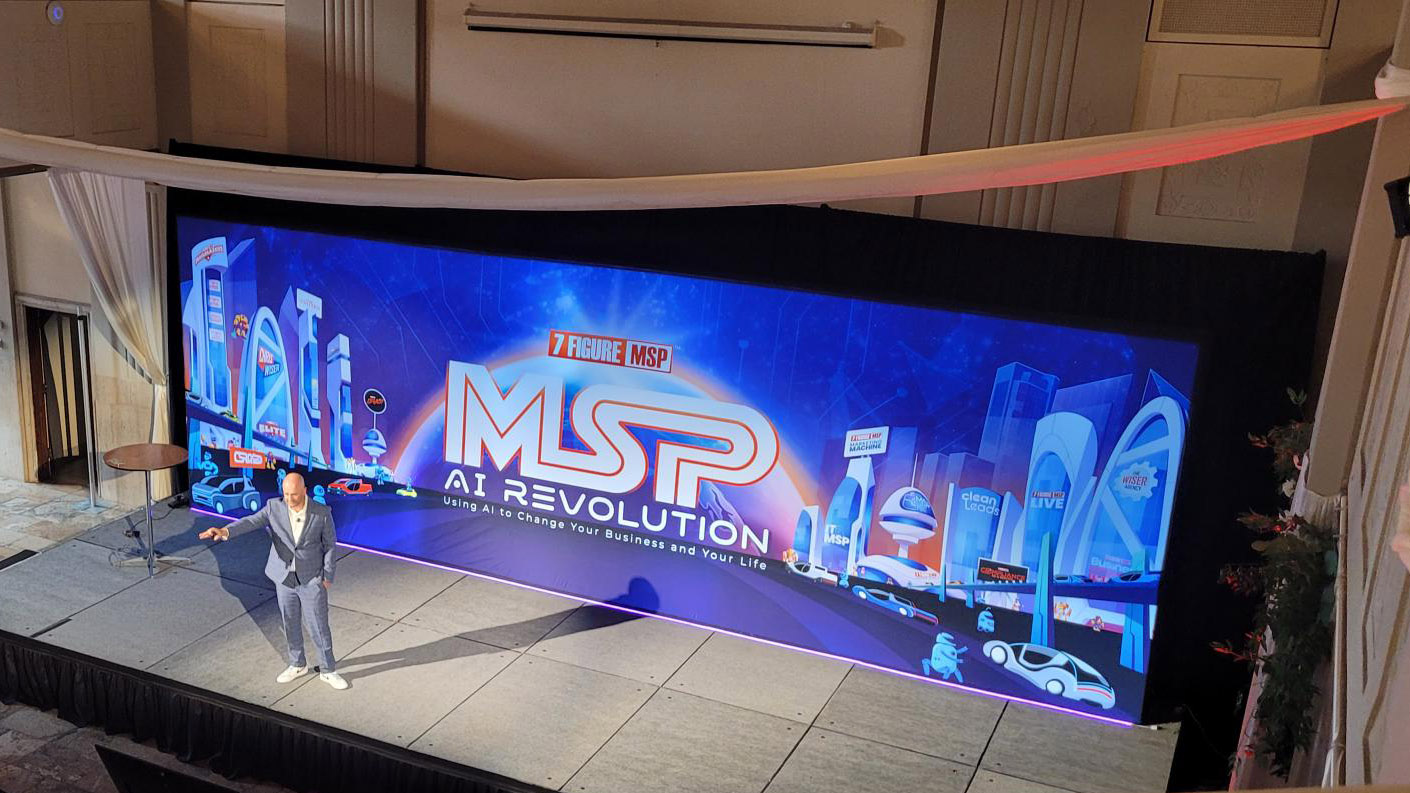Asset tracking and asset lifecycle management systems have been around for decades. Products in this space are either specific to an industry vertical (e.g., construction) or horizontal platforms that are asset- and industry-agnostic. Regardless, both types of asset management systems aim to provide insights into the state of assets.
The current crop of asset management platforms provide visibility into static (pre-determined) dimensions such as “Who is it assigned to?” “Where is it located?” “What is its physical state?” and “What is the current financial state?”
All these platforms assume that a user already knows what they are looking for as well as what constitutes a departure from the norm. Sure, almost all these platforms support automated reporting and alerting when asset attributes meet certain conditions.
However, these alerts are still based on pre-set conditions and an understanding of norms. Significant productivity is compromised due to this method of tracking and managing assets. Existing offerings in this space also expect a sizable upfront investment to find and take inventory of assets under an organization’s control.
The primary benefit of technological innovations such as machine learning and artificial intelligence is improved productivity for stakeholders of valuable assets. These innovations radically help reduce the time it takes to make a decision.
There are at least three areas where artificial intelligence will make a notable contribution in 2024, related to asset management.
No. 1: Capturing Asset Attributes
Currently, implementors of asset management systems spend an inordinate amount of time defining various attributes and their datatypes to accurately capture the characteristics of an asset. This effort also requires specialized professionals who can effectively translate business and workflow requirements into relational database terms.
In 2024 and beyond, large language models (LLMs) will understand English-like user prompts to create models and relationships of both tangible and intangible assets. In this area, AI will democratize the usage of asset management platforms by giving the assets a voice.
No. 2: Ingesting Relevant Data
Another area where users of current asset management systems spend a lot of time is ingesting asset-related data into the platform for tracking purposes.
As asset management systems integrate more efficiently and comprehensively with supply chains, distribution channels, value-added resellers, and other source systems, there will be a major push to employ computer vision to identify and take inventory of physical assets.
No longer will the summer intern draw the short straw to manually enter all the information about the assets gathering dust in the basement. With machine learning, it will be much quicker to find connection patterns with source systems from distribution systems and value-added sellers.
No. 3: Proactive Vs. Reactive Systems
Asset management systems will be more proactive to the stimuli they’re monitoring. Let’s take air quality sensors as an example. In the past, these sensors would send data about air quality and if the query reached a certain threshold (say, too much carbon monoxide detected), then they’d trigger an alert to the facilities manager.
Now, thanks to machine learning, facility managers need not specify pre-set ranges for air quality sensors to alert on. Various statistical and probabilistic methods can use historical data to model the expected behavior of a system. When a new observation is received it is compared against the current model for that system, and if it does not fit within that model, it is registered as an anomaly.
In the new paradigm of asset intelligence platforms, users will be able to ask, “What is different about my assets?” or to prompt, “Tell me what else I should know about my assets.” Users don’t have to issue canned queries or reports to be alerted of any outlier values in their asset attributes.
It is quite common to think that proactive monitoring helps with operational excellence alone. Consider the loss in sales a retailer or a quick-service restaurant would experience due to a non-operational refrigerator. Prudent stewardship of an organization’s valuable assets can help both increase revenue and reduce expenses.
In summary, 2024 will be the year when static asset management platforms will need to morph into asset intelligence platforms that deliver radical productivity to end users. As equipment and systems find a voice through AI, hyper-intelligent systems will be the megaphone to surface information on which assets require a stakeholder’s attention to deliver streamlined and efficient results.
Ram Shamanna is vice president of product management and design at Asset Panda.
Image: iStock














